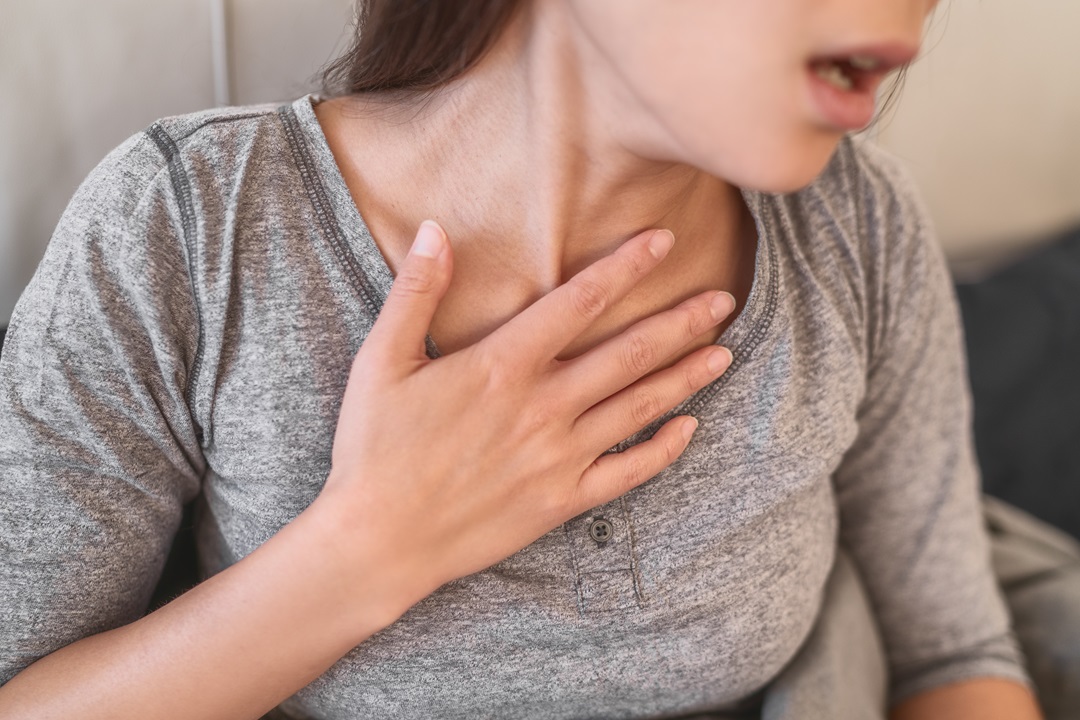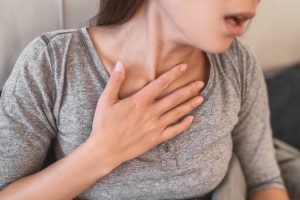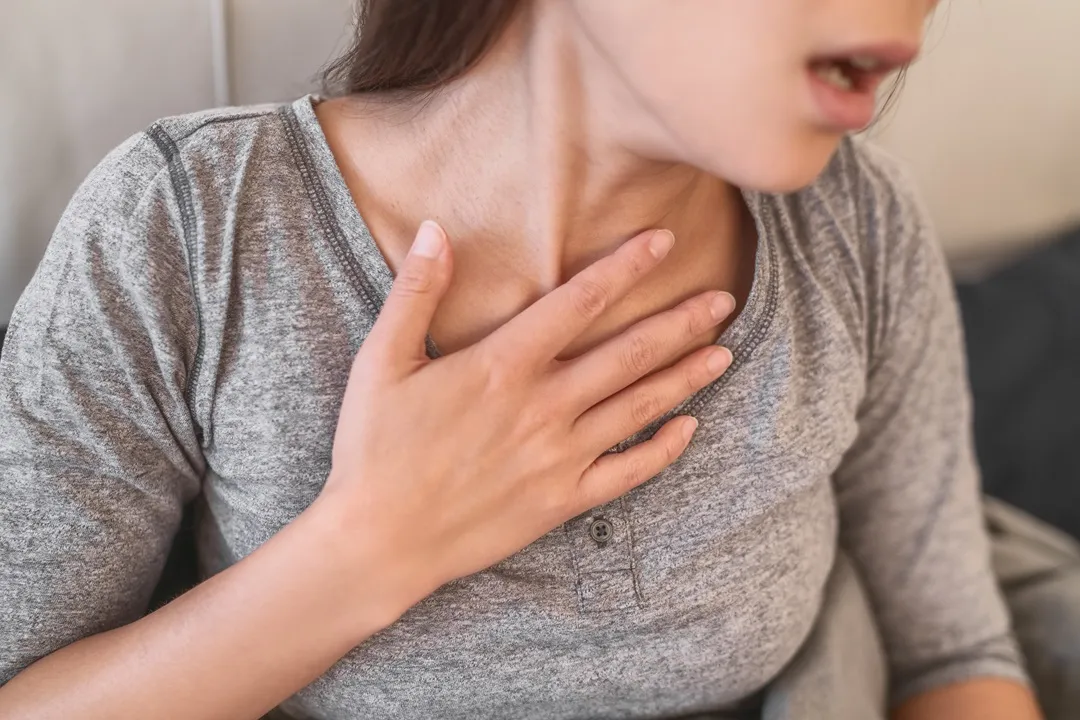Post-Traumatic Stress Disorder and Panic Attacks
After experiencing a traumatic event, it is common to have residual symptoms related to the trauma for up to a month. This is referred to as acute stress disorder and might include flashbacks of the trauma, sleep issues, restlessness or irritability.
However, when symptoms persist for over a month it is diagnosed as post-traumatic stress disorder (PTSD). One of the symptoms of PTSD may include panic attacks, a sudden wave of severe anxiety with symptoms resembling a heart attack. Read on to learn more about post-traumatic stress disorder and panic attacks.
The Link Between Panic Disorder and PTSD
Some individuals after witnessing or experiencing a traumatic event may be left with heightened anxiety sensitivity. For individuals diagnosed with PTSD, an example of this the anxiety sensitivity is exhibited in the form of panic attacks.
After the trauma, they remain hypersensitive to its effects due to a persistent fear of re-experiencing the triggering situation. This often leads to avoidance behaviors to prevent re-experiencing the arousal-related sensations characteristic of a panic attack.
What is Post-Traumatic Stress Disorder?
A trauma is an event that is witnessed or experienced firsthand that causes a person to feel their life is in danger. Examples of traumatic events include:
- Physical or sexual assault
- Natural disaster
- Serious auto accident or injury
- Combat-related trauma
- Sudden unexpected death in the family
- Serious illness
- History of childhood trauma or neglect
- Witnessing a violent event such as murder or suicide
While most people cycle through the effects of a trauma in a few weeks, others may have struggle with persisting symptoms. When the individual is still experiencing emotional distress one month after the event, it is deemed PTSD.
The symptoms of PTSD fall into four main categories, although each person’s symptoms will slightly vary. These categories include:
- Avoidance. Avoiding people, places, or situations that might trigger memories of the event
- Re-experiencing. Reliving the event through reviewing thoughts about it, flashbacks, or nightmares
- Negative emotions. Persistent negative thoughts as well as feelings of guilt and shame related to the event
- Anxiety sensitivity. Experiencing hyper-arousal when exposed to a trigger, or having intense anticipation of impending danger.
What are Panic Attacks?
A panic attack usually comes from out of nowhere and with little warning. The sudden wave of extreme fear literally takes over the body. The unpredictability of panic attacks only fuels more fear and anxiety when anticipating or dreading the next attack.
Panic attacks occur suddenly, causing a torrent of uncontrollable anxiety. The symptoms are both physical and emotional, and often resemble those of a heart attack.
The symptoms of a panic attack may include:
- Feelings of dread or doom
- Rapid heart rate
- Heart palpitations
- Trembling or shaking
- Dizziness
- Headache
- Shortness of breath
- Chest pain
- Chills
- Sweating
- Fear of losing control
- Nausea and vomiting
- Choking sensation
- Diarrhea
- Sensation of choking
- Numbness or tingling
- Feeling detached from yourself
- Sudden fear of dying
Holistic Methods to Calm the Effects of PTSD and Panic Attacks
Individuals who struggle with the post-traumatic stress disorder and panic attacks will definitely benefit from these proven relaxation methods:
- Yoga. Practicing yoga can decrease blood pressure and induce relaxation. Yoga combines physical poses and movements with focused breathing and aspects of mindfulness.
- Deep breathing. Deep breathing swiftly slows the heart rate, lowers blood pressure, and reduces body tension.
- Mindfulness. Mindfulness helps to reduce stress by training thoughts toward the present moment.
- Massage therapy. Therapeutic massage releases toxins from the body, enhances muscle relaxation, and induces a calm, quiet mood state.
- Meditation. Use meditation apps to guide your mind to a calm, soothing place, or simply set aside some quiet prayer time.
- Planting flowers. Gardening offers grounding effects plus health and mental health benefits, and it’s the perfect time to plant a lovely flower garden.
- Journaling. Keeping a journal may help you begin to notice a pattern related to the timing of the panic attacks.
- Exercise. Regular exercise promotes a positive mood state while reducing stress and improving sleep quality.

What to Do When Experiencing a Panic Attack?
When you sense an oncoming panic attack, there are some steps to take to lessen its effects. These include:
- Ground yourself. Practice a grounding mindfulness technique to distract you from the fear. Find five things you can see, four things you can touch, three things you can hear, two things you can smell, and one thing you can taste.
- Breath work. Practice deep breathing to calm your heart rate and slow your breathing rate. Breath in slowly to count of 5, hold for count of 7, and exhale to count of 5
- Don’t fight it. Acknowledge you are having a panic attack and reassure yourself that it will soon pass. You will not die from the panic attack, and it will be over in less than ten minutes.
Residential Treatment for Post-Traumatic Stress Disorder and Panic Attacks
Sometimes the symptoms of post-traumatic stress disorder and panic attacks persist to the point of causing impairment or disability. When this is the case, a residential mental health program can be beneficial. Here are the interventions you can expect to participate in at a residential treatment center:
- Cognitive behavioral therapy. CBT helps individuals change their thinking and subsequent behavior patterns. For example, irrational thoughts lead to hyperarousal and fear, which results in isolating behaviors.
- Dialectical behavior therapy. DBT focuses on psychosocial aspects and helps you practice mindfulness and emotion regulation techniques.
- Exposure therapy. For individuals with panic disorder or trauma-based anxiety, exposure therapy can help to reduce the emotional impact of the traumatic memory or situation by introducing increasing exposure to it over time.
- Group therapy. Group therapy helps foster peer support between participants who are encouraged to discuss their own personal experiences with anxiety disorder, while a therapist introduces coping skills.
- Medication. Antidepressants or antianxiety medications may be helpful in managing the anxiety related to both PTSD and panic disorder.
- Holistic. Experiential and holistic activities provide complementary benefits to the overall therapeutic experience.
Robles Ranch Mental Health Offers Treatment Solutions for PTSD and Panic Attacks
Robles Ranch Mental Health provides a calm, structured setting for individuals seeking a healing environment to overcome post-traumatic stress disorder and panic attacks. For more information about our program, please reach out to us today at (866) 840-3841.
Get Help Now
If you or a loved one is struggling with mental health issues or dual diagnosis disorders and seeking a balanced approach to recovery, our dual diagnosis treatment in Georgia may be the right choice.
Latest Posts

Complex Trauma Residential Treatment

Silent Panic Attack





